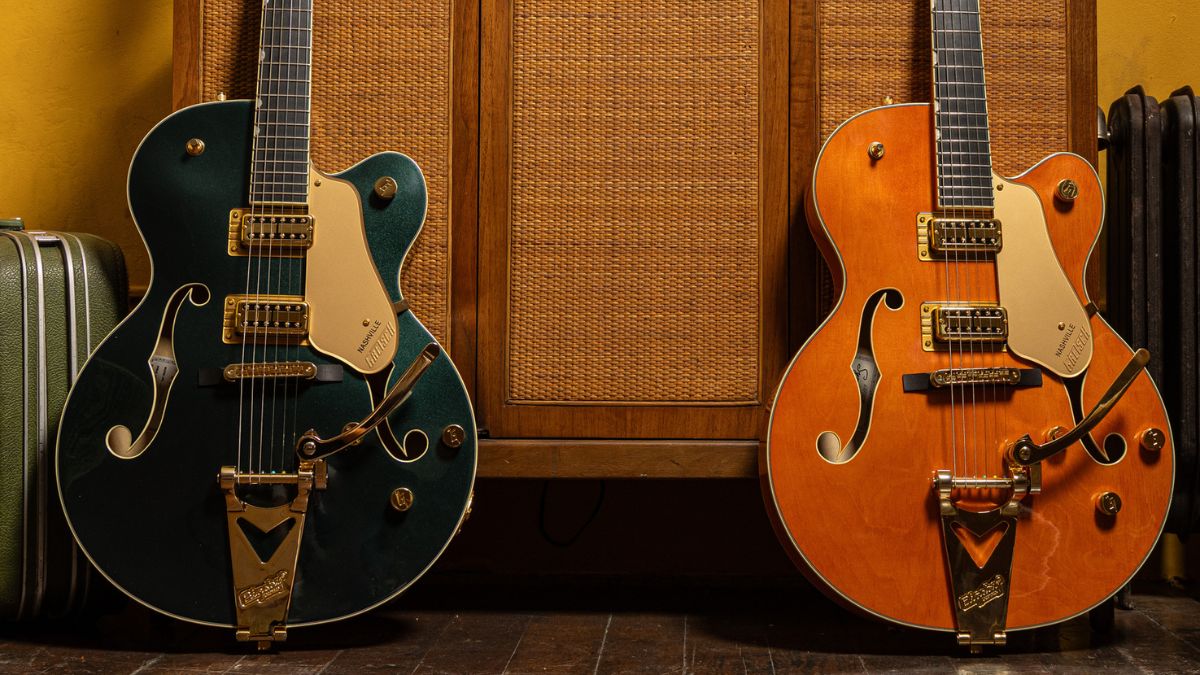In Deep: An Effective Way to Incorporate Scale Studies Into Your Practice Routine

The following content is related to the August 2013 issue of Guitar World. For the full range of interviews, features, tabs and more, pick up the new issue on newsstands now, or in our online store.
One thing that I believe all guitar players should try to make part of their daily practice routine is the study of scales. A common pitfall when it comes to working on scales is that, oftentimes, it’s easy to get lost or caught up in “Scale-ville,” where you might find yourself playing nothing but scales up and down all over the neck for hours on end.
Though there are great benefits from that type of dedicated scale study, it can easily turn into mechanical drudgery, rendering one’s practice time an unpleasant experience. The intent with the exercises presented this month is to demonstrate a concise way to incorporate dedicated scale studies into your everyday practice routine, but to do so in a very focused, concise manner.
PART ONE
PART TWO
All the latest guitar news, interviews, lessons, reviews, deals and more, direct to your inbox!
Guitar World Associate Editor Andy Aledort is recognized worldwide for his vast contributions to guitar instruction, via his many best-selling instructional DVDs, transcription books and online lessons. Andy is a regular contributor to Guitar World and Truefire, and has toured with Dickey Betts of the Allman Brothers, as well as participating in several Jimi Hendrix Tribute Tours.

